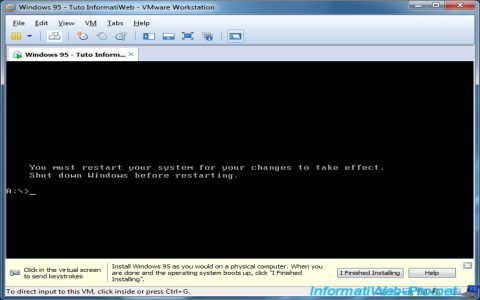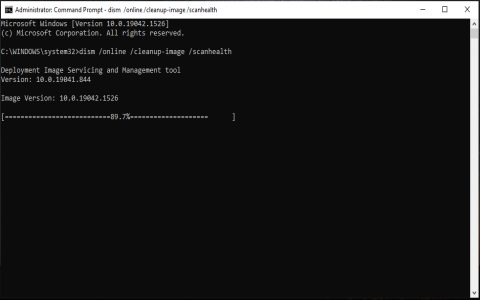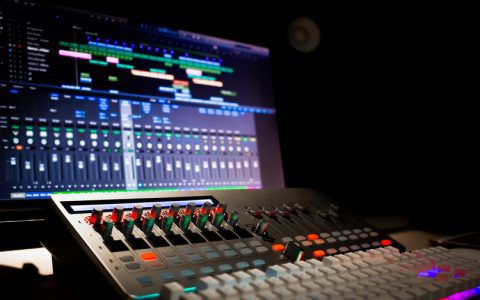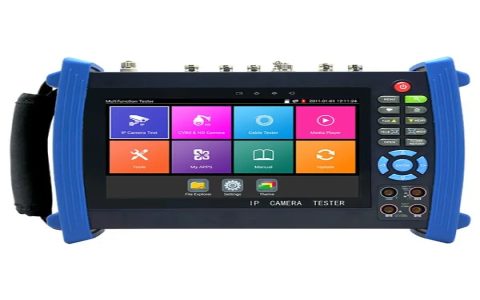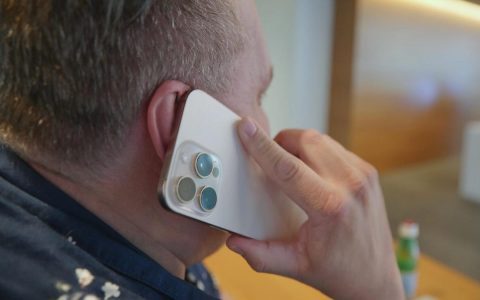Windows 95 Startup Process
The Windows 95 boot process begins with the system BIOS performing a Power-On Self-Test (POST). It then loads the Master Boot Record (MBR) from the boot device, which in turn loads the boot sector of the active partition. This initiates the loading of core MS-DOS components, which then hand over control to the Windows 95 graphical environment.
Key Boot Files
Several files are critical for the Windows 95 startup sequence:
- The primary system file that loads basic hardware drivers and initializes the system. It also processes *.
- A text configuration file containing boot options, such as paths and settings for loading Windows. It replaced many functions of the older *.
- The command interpreter that processes MS-DOS commands and executes *.
- Though less critical than in earlier DOS versions, it can still load device drivers and configure system settings.
- A batch file that can run startup programs and set environment variables.
- Contains hardware-specific settings for Windows.
- Contains Windows environment settings, affecting the look and feel, and some application settings.
Common Boot Issues & Troubleshooting
Windows 95 boot problems often stem from missing or corrupted system files, incorrect settings in configuration files (*, *, *), hardware conflicts, or problematic drivers. Common symptoms include error messages like "Missing operating system," "Invalid system disk," or failure to load the graphical interface.
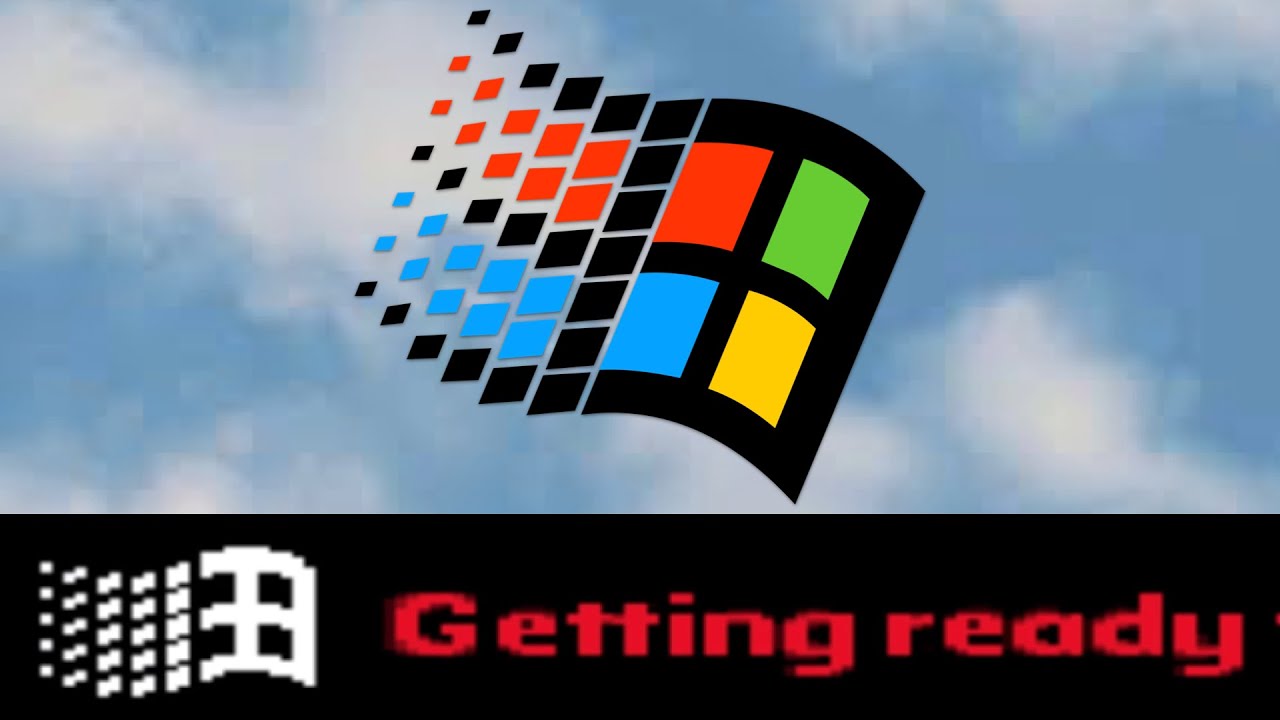
Troubleshooting often involves:
- Using a Windows 95 Startup Disk: This floppy disk contains essential system files and utilities to boot the system to a command prompt, allowing for diagnostics and repair.
- Booting in Safe Mode: Pressing F8 during startup presents a menu that includes Safe Mode. This mode loads Windows with a minimal set of drivers and services, helping to isolate driver or software conflicts.
- Checking Configuration Files: Examining *, *, *, *, and * for errors or problematic entries.
- Reinstalling or Repairing System Files: Using commands like SYS C: from a startup disk to restore core boot files, or selectively extracting files from installation media.
Understanding "Free" in Context
While troubleshooting information, community support, and utilities for Windows 95 boot issues are often shared freely online, it is important to understand that Windows 95 was a commercial operating system. Acquisition of the operating system software, its installation media, or legitimate boot disks typically required a purchase. The term "free" in the context of Windows 95 boot/startup does not generally refer to the operating system itself being available at no cost. Attempts to find "free" full versions or official boot media outside of original purchase or volume licensing agreements may lead to unofficial or non-legitimate sources.

